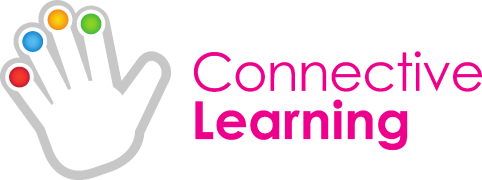The first multi-sensory teaching programme for dyslexic children was published in the 1950’s and multi-sensory methods have been used worldwide ever since. The Connective Learning method has the additional advantages of computer technology, which in itself can be very motivating for the learner. Also, the use of colour can be of enormous help to many people with dyslexia, enabling them to see the letters and words more clearly (see also http://www.irlenuk.com/about-irlen-syndrome.htm”).

The simultaneous use of the eyes, ears, hands and voice activates all the pathways to the brain, promoting good, strong connections for reading and spelling. These connections are reinforced and strengthened by constant repetition, until they become so strong that the dyslexic difficulties are overcome.

The reading and spelling ability of each new student is first assessed, to pinpoint their individual strengths and abilities, difficulties and weaknesses, and the areas where help is needed. The programme is then tailored to their particular needs and their correct starting point is established. It is essential that the student is placed in an area of the programme where they are able to succeed whilst building on any reading and spelling knowledge already acquired.
Students work their way through a series of touch-typing exercises on the computer that involve reading, spelling, punctuation, grammar and comprehension. The easy and enjoyable sessions are different to the school experience (some students call it “computer club”) and, for some, there is comfort in sharing the common bond of dyslexia with other students. The exercises are carefully structured at a gentle gradient, so that students progress at their own rate and without pressure. The Connective Learning environment is positive, non-threatening, interesting and rewarding and involves lots of support, encouragement and praise, as well as any guidance needed.
Although the tutor to student ratio is 1:1, the emphasis is very much on the student drawing his or her learning from the computer, rather than being “taught” in the accepted sense. In this way, the student is largely in control of the learning process, secure in the knowledge that empathetic help is always at hand. People with dyslexia are very capable of absorbing knowledge in these circumstances.
Students find the programme enjoyable and interesting. Careful positioning within the programme ensures continual success. Every success is given due praise, which provides a tremendous boost to self-esteem and confidence. The method is highly effective, leading to successful learning which is permanent.
Reading and spelling assessments are carried out at regular intervals (every 25 sessions) and a graph is produced to illustrate the progress being made.
